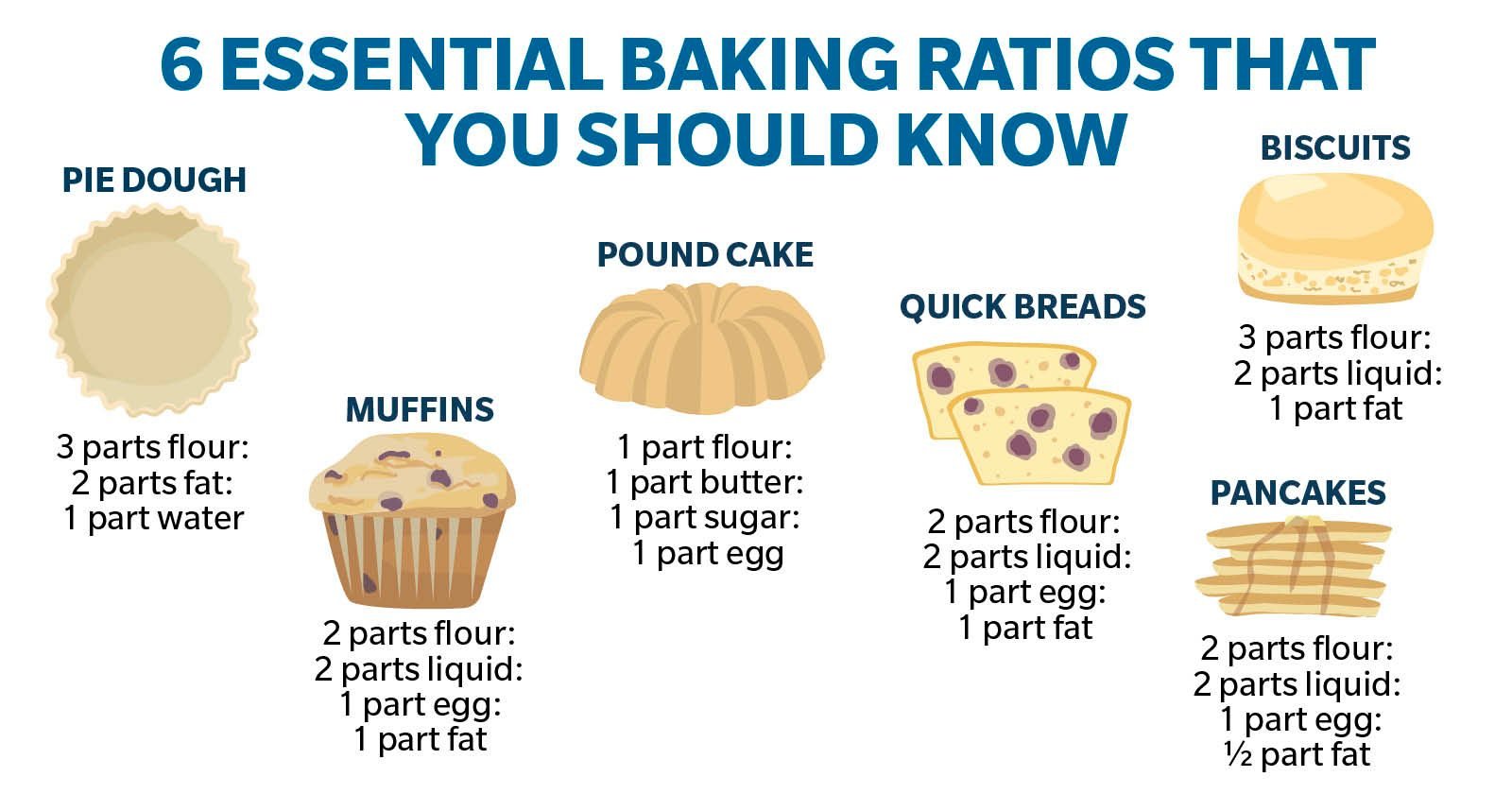Owning a restaurant is as much about cooking delicious food as it is about the numbers. You may be serving unforgettable menu items, but if your numbers don’t point to profit, you won’t make it long-term.
That’s why it is important to calculate restaurant metrics, set up restaurant Key Performance Indicators (KPIs), and adjust your business according to the findings.
In this article, we’ll talk in detail about the importance of restaurant ratios, and we’ll show you how to calculate them.
A ratio is calculated using the sum of non food costs and profit and then dividing that amount by the cost of food. These amounts are based on the total costs for a given period of time. The ratio is then multiplied by the standard food cost for a specific recipe.

Food/beverages expenses per sale
Why: By calculating this restaurant ratio, you will be able to understand how much profit you are making by selling an ingredient or a food group. If you realize you are not making enough profit, we recommend allowing the client to personalize their dishes with toppings.
It’s a win-win situation because clients get to create the perfect dish while you sell items with a very big profit margin.
How:
Food Cost Percentage = (Cost of Ingredients / Selling Price) x 100
Example:
Let’s assume you pay $3 for a potion of salmon, yet you sell it with $10 on the menu.
Food Cost Percentage = (3/10) x 100 = 30
Specific food cost to total cost
Why: You can use this restaurant ratio to determine how much you are spending for a specific menu item or a group of items. It can be especially useful if you are planning to change your menu.
By calculating it, you can identify if you spend too much money on an item that doesn’t sell that well. For example, you may realize you spend a lot of money on oysters, but people only buy them a few times a week.
How:
Ratio = Total Cost/ Specific food cost
Where Total Cost = the cost for all ingredients and Specific food cost = the cost for all the ingredients necessary to prepare the menu item.
It can also be helpful to calculate the sales brought in by the specific menu item compared to the total sales.
Example:
Let’s say you spent $10,000 on the ingredients this month. And you want to calculate the ratio for a hamburger, where you factor in the buns, meat, and topping to get to $5.
Ratio = 10,000/5 = 2,000
Why: If you’re at the start, it may be hard to predict an exact inventory that will not leave you in a shortage or lead to food waste. If you monitor this restaurant ratio once every 7 days, you will be able to make a better estimation of your inventory.
How:
Inventory turnover ratio = Net sales/ Average cost of inventory
Example:
If we assume your net sales are $80,000 and the average cost of your inventory is $10,000:
Inventory turnover ratio = $80,000/$10,000 = 8
Read more: 7 Effective Restaurant Inventory Management Tips for 2024
The Easiest Way to Calculate PE Ratios | PE Diet
FAQ
What is the formula for ratio?
How do I calculate my ratio?
What is ratio food examples?
How do you calculate a recipe ratio?
Start with the total amount and figure out the parts from there. Use fractions for common volume measures (cups, teaspoons, etc.) and decimals for weights (grams, ounces, pounds.) Recipe Ratios Assignment
What is a good ratio for cooking?
Ratios can be devised for almost any preparation, even complex ones. For example, a basic ratio for a braise uses 10 parts protein, 1 part mirepoix, and 1–2 parts liquid as its foundation. This simple ratio can be applied to any braise or stew, whether you are preparing a pot roast, a fricassee, or an Indian curry.
How do you calculate ingredients in a recipe?
Calculate the amount for each ingredient in the recipe based on the recipe ratios. To help in the completion of this assignment, make sure to: Start with the total amount and figure out the parts from there. Use fractions for common volume measures (cups, teaspoons, etc.) and decimals for weights (grams, ounces, pounds.)
What is an example of a ratio?
Examples of ratios by weight include a roux (equal parts fat and flour) or a bread dough (flour and water); by the volume, they include a simple syrup (equal parts water and sugar) or a rice pilaf (2 parts liquid to 1 part rice), or by count when preparing a hollandaise sauce (6 egg yolks for every 1 lb. of butter).
